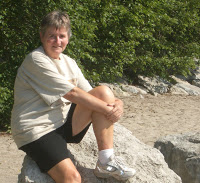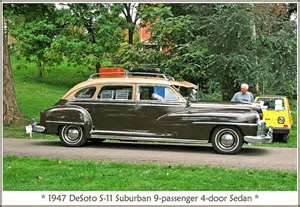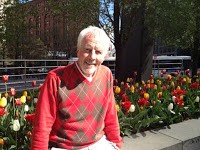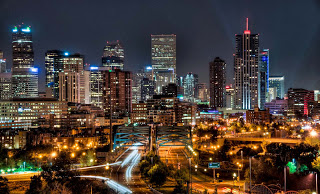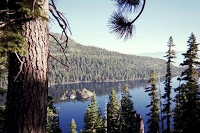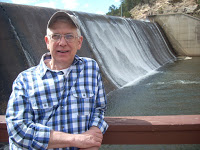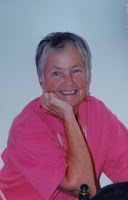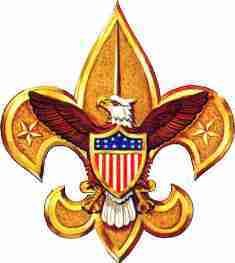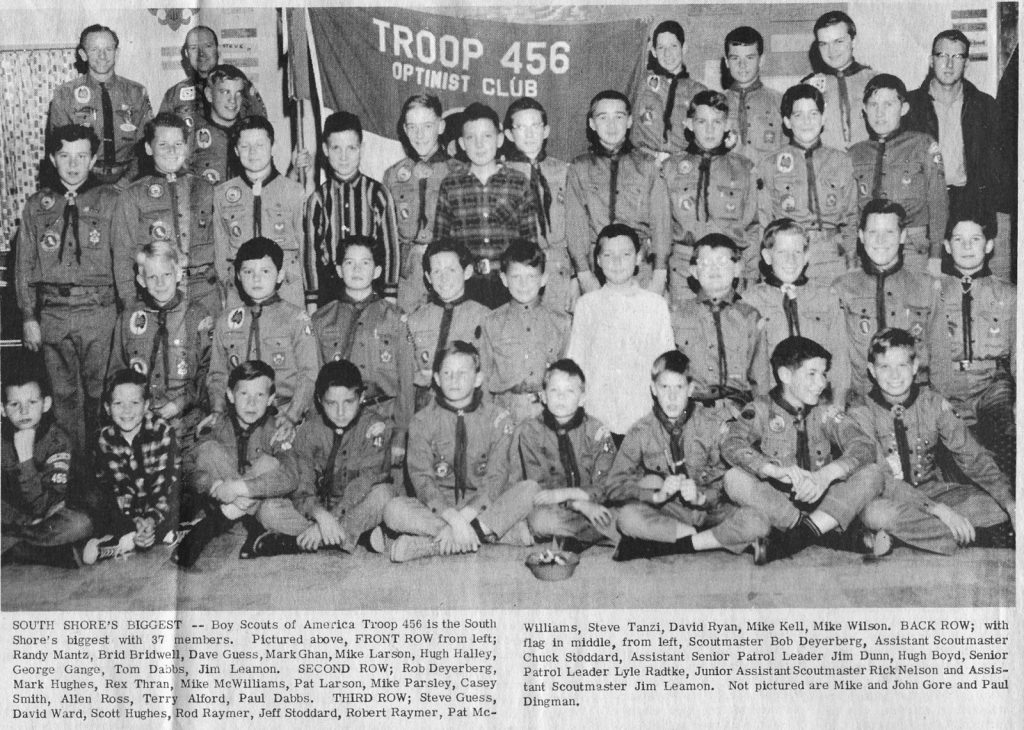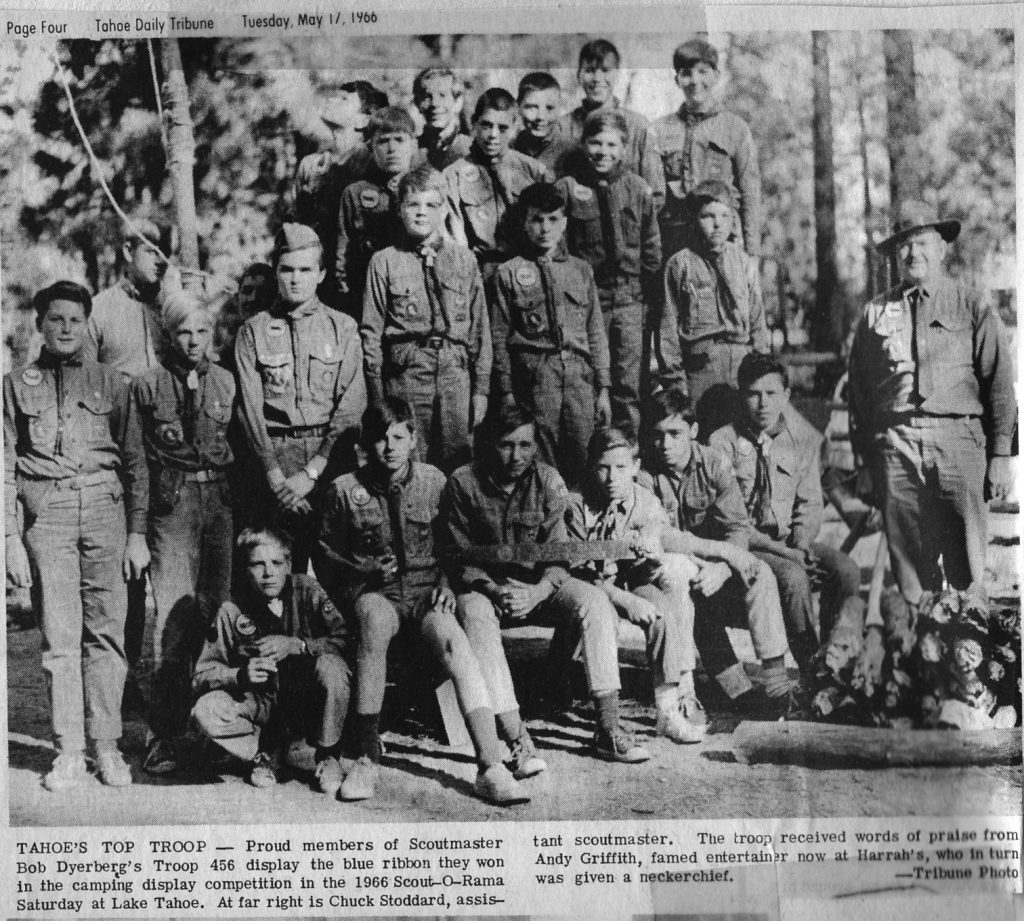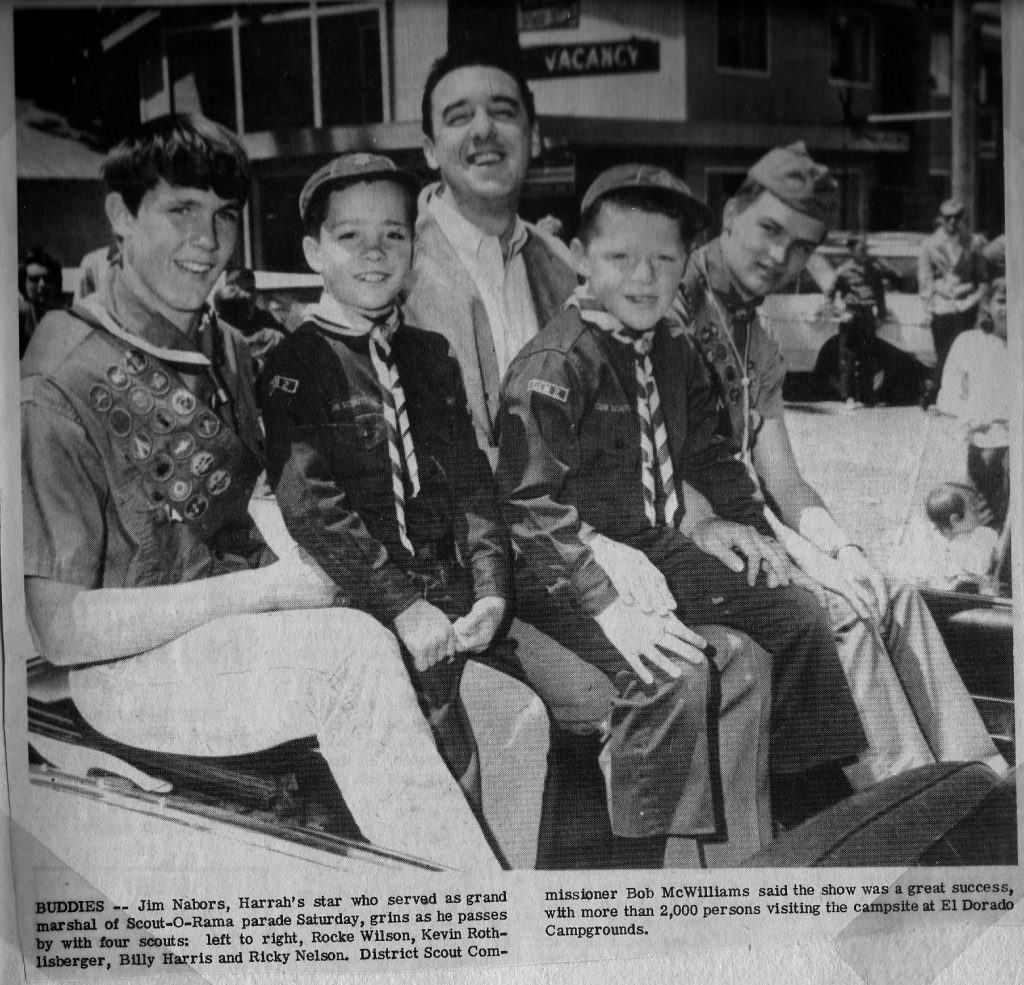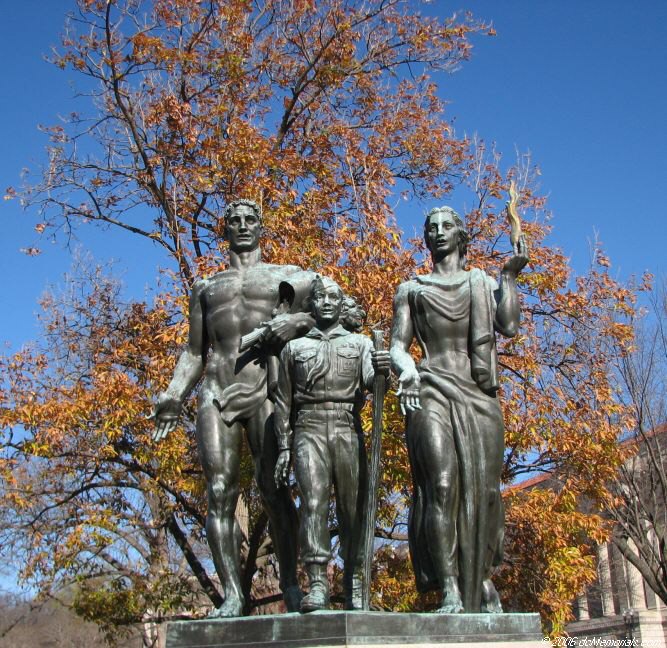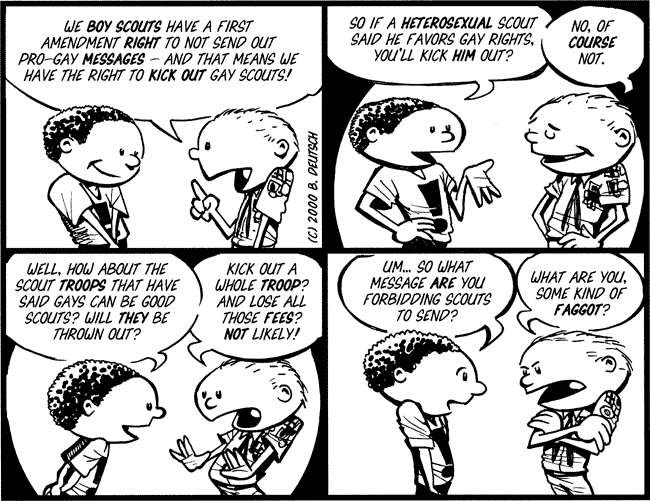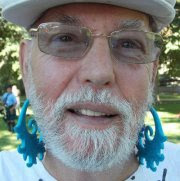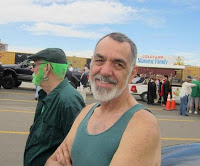Bishop’s Castle, where I went to high school, is a tiny town on the border between England and Wales, and about as far from being a city as a settlement can get, but it’s what I had. It had a population of a little over a thousand then, and less than 1500 now. A prehistoric Bronze Age route runs from the town but there is evidence of human habitation there several thousand years before that.
In the early 1200s the Bishop of Hereford built a castle there, hence the name, and the settlement received royal borough status in 1249.
In 1642, the Three Tuns Brewery was established on its current site, making it the oldest licensed brewery site in Britain. Now that is a real claim to fame. Need I say that any time I visit my friends who still live in B.C. as it’s known locally, I make it a point to have a pint or two in the Three Tuns pub?
Some of my friends live in a row of cottages all with curved back walls and flanking a gently curving street, as the original curved castle wall was used as it stood when they were built in the 1600s.
Now I see it as a fascinating spot alive with history, but of course when I was at school there I simply found it a peacefully boring backwater I couldn’t wait to leave.
I did leave a little piece of my heart there, though. Inevitably, I think, we are left with some fondness for anywhere we spend much time, even if it is all distorted by nostalgia.
And anyway, I was in love there.
I was in love everywhere.
In that serial monogamy existing, secretly, only in my mind, I have been in love everywhere I have lived, and so scattered other little pieces of my heart.
In B.C. I was in love with Sarah who now lives in New Zealand and is a great-grandmother.
Bishop’s Castle, with its few tiny medieval shops, was useless for serious shopping so for that we rode the local bus into Shrewsbury, a town of 100,000 now and maybe half that in the 1940s.
Shrewsbury was founded as a town in the 8th century, built on the site of the Roman town of Viriconium of which many beautiful parts remain. The earliest written mention of the town is from the year 901, when it was part an important border post between the Anglo-Saxons of England and the Britons in Wales. By the reign of Athelstan (925-939) coinage was being issued by the Shrewsbury mint and many coins from that time are still being unearthed today.
The town fell to Welsh forces led by Llywelyn the Great in 1215 and again in 1234. In 1283 Edward I held a Parliament, the first to include a House of Commons, at Shrewsbury to decide the fate of Dafydd ap Gruffydd, the last free Welsh ruler of Wales. Dafydd was executed – hanged, drawn and quartered – for high treason in Shrewsbury.
Personally, I prefer the history of the Three Tuns!
Later, after the formation of the Church of England, the town was offered a cathedral by Henry VIII, but for some undocumented reason the citizens of the town rejected this offer.
I like to think they had enough sense to know that Henry Vlll was mad bad and dangerous to know and preferred to keep their distance.
One of Shrewsbury’s main claims to fame is that it was the home of Charles Darwin.
I was in love with Rosemary who sold her mother’s beautiful hand-knitted creations in the market held in the Shrewsbury town square every Saturday.
I left this tranquil corner and went to college in the rough tough and extremely polluted city of Sheffield which at that time was wall to wall steel mills belching endless plumes of black choking smoke. We used to have “smog days” when the whole city was instructed to shut down, with the exception, of course, of the factories actually producing the smog. Classes were cancelled, shops closed, no buses ran. We all stayed inside with doors and windows tightly shut and did our best not to breathe.
And don’t panic, we’re not going on another forced march through history but I do have to say that Sheffield is where stainless steel was invented and patented, and recent discoveries date human habitation of that area to the end of the last ice age 13,000 years ago.
My years in Sheffield were blessed or cursed, depending on my mood at the time, with a deeply felt and equally deeply hidden love for Jane, who had lost her home and family to German bombs.
Next it was across The Pond to New York City. That’s as far as the ship went so that’s far as I went, at least till I earned some money. It was late October and the stores were all hiring temps for the Xmas rush. For some reason I don’t even remember, I ended up at Altman’s on 5th Avenue.
There’s a line in the movie Miracle on 34th Street, I can’t quote it exactly but the gist of it is that Hell is Altman’s department store at Xmas. It was all such a new and foreign world to me that I don’t think I was even capable of judging it as Hell, but it certainly was not my idea of Heaven. I mean, Bishop’s Castle can get a bit rowdy at the Three Tuns on a Saturday night, and those Sheffield foundry workers could quite frighten the opposition crowd at a soccer game, but those women battling for basement bargains at Altman’s took aggression to a whole new level. I had simply never experienced anything remotely like any of it.
But one thing I adored.
In the display windows of Alman’s, and many other of the big department stores nearby, there were wonderful mechanical toys, animated depictions of Santa’s Workshop in one window, his slay and reindeer swooping over snowy rooftops in another, excited children opening presents in a third.
I was completely enchanted.
I had never seen such things in my life. Depressed post-war Europe had had no excess resources to squander on such things. Every coffee break I dashed outside to gaze at them along with crowds of little children. Children, not to mention a few adults, were less sophisticated in those days.
(Some years later I dragged my reluctant husband and step-children all the way from Jamestown in a snowstorm to see similar displays in the May D&F windows in Denver. Dean, a mechanical engineer, was interested objectively in their workings, The kids were clearly if politely mystified as to why we were there. The overall reaction was a resounding hmmmmm.)
The other bit of my heart that remains in New York was extracted that first Xmas Day of my life in this country, when some kind family took pity on my friends and me, poor hopeless helpless imigrantes, and invited us to their home.
How on earth we had met these people I don’t remember, but their chauffeur-driven Cadillac carried us in a style I had never known to a mansion somewhere on Long Island. There were Xmas lights in the trees with bigger, richer lights blazing in the windows. Our gracious hosts had gifts for each of us, and managed to make us feel like much-loved daughters returning home for the holidays.
I can’t remember their name or where exactly they lived, but I have never forgotten that Xmas and that family’s kindness to strangers. So, yes, New York does hold on to little pieces of my heart.
And anyway I was madly, secretly, in love. Infatuated with Lucie, the woman I had followed to New York as I would have followed her to Timbuktu.
And I did.
Well, I followed her to Houston: much the same thing.
This was as strange and foreign a world to me as New York City but in a very different way, and there for the first time in my life I encountered blatant discrimination.
I worked as a waitress at a diner in a new sprawling outdoor shopping mall in a completely white part of town. On my second day, I served coffee to two black people. Now this was the early sixties and racial discrimination was no longer legal, but I guess Texas, along with many parts of the South at that time, simply ignored that little detail. I was told to refuse to serve them any food and ask them to leave.
Needless to say, that was the end of my job at that café, but if I thank Houston for little else, I am grateful for it slapping me in the face with the realities of certain aspects of life in the Land of the Free.
I finally broke free of my obsession with Lucie, who married a multi-millionaire Texan and now lives in Venezuela.
Yes, I had scattered bits of my heart about, but it was intact enough to engulf Denver when I arrived here, and later, my beautiful Betsy.
1954’s #1 hit was Doris Day singing:
Once I Had a Secret Love
That lived within the heart of me
All too soon my secret love
Became impatient to be free
So I told a friendly star
The way that dreamers often do
Just how wonderful you are
And why I am so in love with you
Now I shout it from the highest hills
Even told the golden daffodils
At last my heart’s an open door
And my secret love’s no secret anymore
My love is certainly no secret, anymore.
1/23/2012
About the Author
I was born and raised in England. After graduation from college there, I moved to the U.S. and, having discovered Colorado, never left. I have lived in the Denver-Boulder area since 1965, working for 30 years at IBM. I married, raised four stepchildren, then got divorced after finally, in my forties, accepting myself as a lesbian. I have now been with my wonderful partner Betsy for 25 years.
